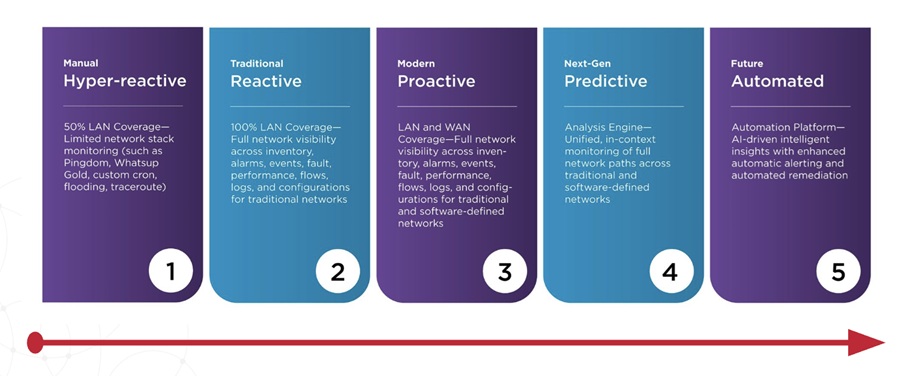Hybrid IT is becoming a standard enterprise model, but there’s no single playbook to get there, according to a new report by Dimension Data entitled The Success Factors for Managing Hybrid IT.
Looking at the top motivators to move to hybrid IT by country, Hong Kong, UK and US companies highlighted end-user demand most often, while respondents in France, Singapore and South Africa most often noted cost. Malaysian firms listed hiring challenges, and German firms mentioned limited data center capacity as the most common motivating factors.
The report also shows that management of the hybrid IT environment (41 percent of respondents) is one of the top three challenges in deployment.
Dimension Data Group CEO, Jason Goodall said: “With data and processes shifting across multiple cloud and non-cloud environments, a new approach to management is called for. IT managers are under tremendous pressure to seek new ways to manage and secure multiple IT environments in an effective manner. Automation is important because it helps reduce the operating costs, as well as the pain caused by the growing complexity of business processes and management tasks. It is simply no longer appropriate or cost-effective for these tasks to be done manually.”
Data migration was another common deployment challenge, with 44 percent of the respondents saying they found it challenging to determine which option is the best for a particular workload and to migrate workloads to new locations.
While 38 percent of enterprises surveyed claimed that they use automation to accelerate application migration, 48 percent said that migration at their company is manual and labor-intensive or that they use in-house resources. Today’s application and data migration remains complex and expensive for most organizations.
According to Kelly Morgan, Research VP, Services at 451 Research, managed services have become a key component of service delivery across a range of infrastructure and application products.
“Service providers that can offer a comprehensive portfolio of managed services across the broadest set of infrastructure options are well positioned to meet the full set of enterprise cloud requirements,” said Morgan.
Other highlights in the report include:
■ Despite concerns about security, compliance, and integration issues, organizations are embracing next-generation networking technologies such as SDN and network functions virtualization.
■ Enterprises are using innovative/emerging technologies such as containers, big data solutions and software-defined networking (SDN) in productions scenarios.
■ Enterprises are spending a significant portion of their IT budgets with third-party service providers on managed and professional services for various reasons – to lower cost, to free IT staff to focus on other projects, to improve security, and to provide specialized technical expertise. The research reveals that 41 percent of organizations work with multiple vendors and manage them themselves, and another 37 percent work with a single vendor that can offer a broad range of products and services which it builds and manages.
The research involved 1,500 IT decision makers from multiple vertical industries across the US, Europe, Asia-Pacific and South Africa.


